The Call of Cthulhu
Extraits

Histoire et Philosophiesophie
The Undergrowth of Science. Delusion, self-deception and human frailty
01/2000
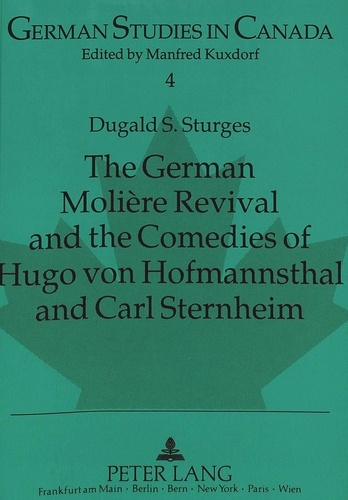
Non classé
The German Molière Revival and the Comedies of Hugo von Hofmannsthal and Carl Sternheim
02/1993

Histoire et Philosophiesophie
Thinking about Physics
01/2000

Anglais apprentissage
LA VIERGE ET LE GITAN : THE VIRGIN AND THE GIPSY
02/1993

12 ans et +
Sky Fall Tome 1 : Let the sky fall
06/2015
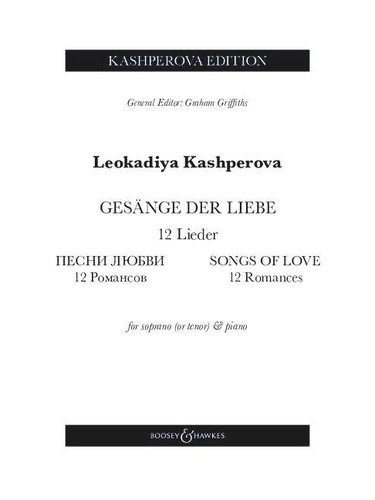
Musique classique
Songs of Love. 12 Romances. 12 Lieder. Soprano (tenor) and piano.
12/2023

Tourisme étranger
Moroccan tracks Volume 11. The sagho djebel
08/2022

Non classé
The Concept of Man in Igbo Myths
11/1999

Non classé
Experimental Social Dilemmas
12/1986

Télévision, radio
Exterminate all the brutes
01/2022

Non classé
The Church of Constantinople in the Nineteenth Century
02/2013

Récits de voyage
Stay wild. Cabins, rural getaways and sublime solitude
05/2021
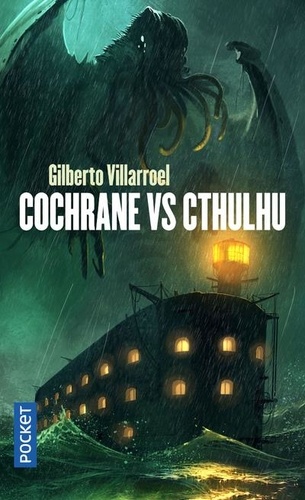
Fantastique
Cochrane vs Cthulhu
02/2021

Littérature française
Les inventeurs. Essai
02/2017

Lecture 6-9 ans
L'énigme du sabre. Edition bilingue français-anglais
06/2018

Policiers
Goebius' Strange Model
01/2020
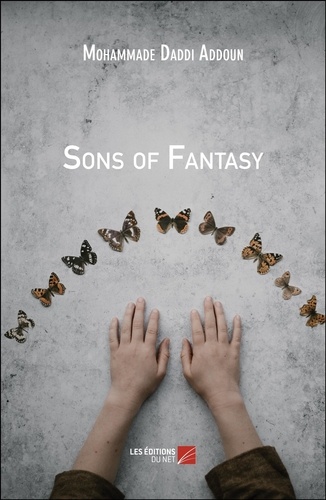
Littérature française
Sons of Fantasy
08/2018
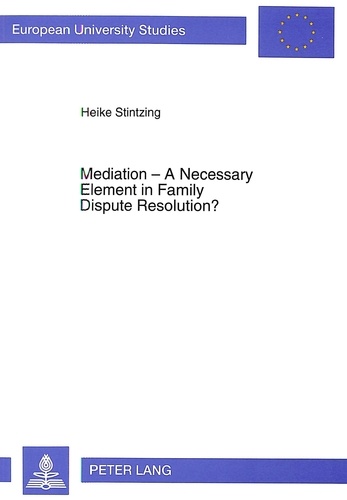
Philosophie
Mediation - A Necessary Element in Family Dispute Resolution?
01/1994
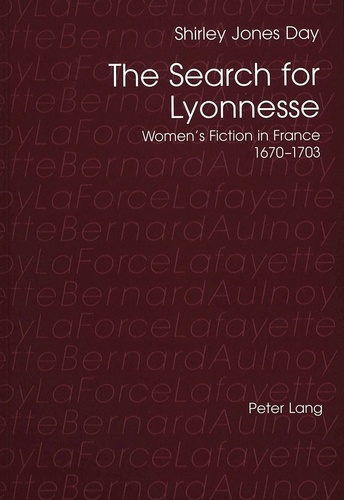
Non classé
The Search for Lyonnesse
07/1999
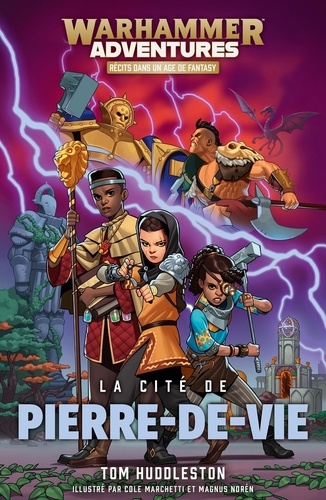
12 ans et +
Les 8 royaumes mortels Tome 1 : La cité de Pierre-de-Vie
06/2019
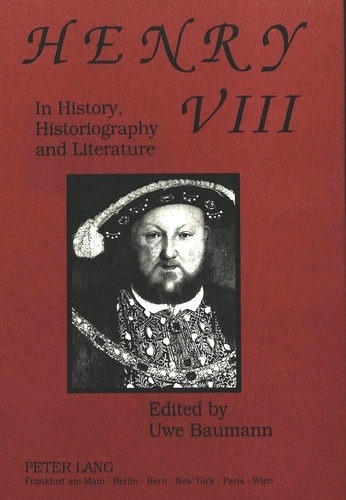
Non classé
Henry VIII in History, Historiography and Literature
01/1993

Droit
Activation Policies for the Unemployed, the Right to Work and the Duty to Work
06/1987

Histoire et Philosophiesophie
Charles Darwin's Zoology Notes & Specimen Lists from H.M.S. Beagle
01/2000

Anglais apprentissage
Tales from Longpuddle
07/2010

Non classé
Ruling Class Men
02/2007

Religion jeunesse
The beautiful dolls of Julia are getting married. Numéro 22
10/2018

Religion jeunesse
The beautiful dolls of Julia are celebrating the assumption of the blessed virgin Mary. Numéro 15
05/2019

Littérature française
My Ulster haven
02/2022
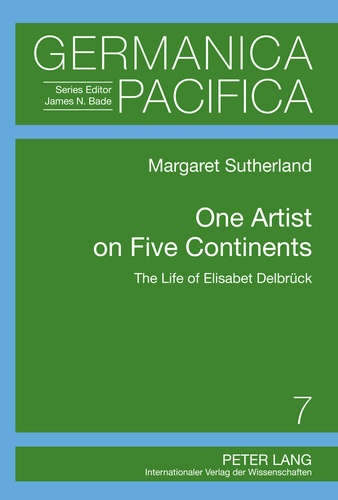
Histoire internationale
One Artist on Five Continents
12/2011
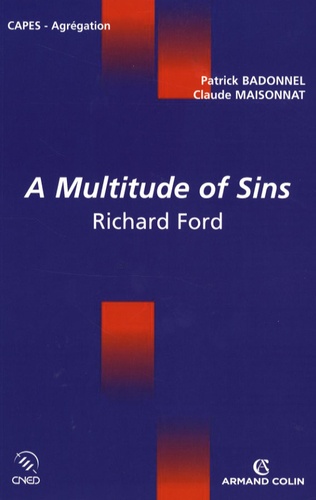
Anglais apprentissage
A multitude of Sins. Richard Ford
11/2007

